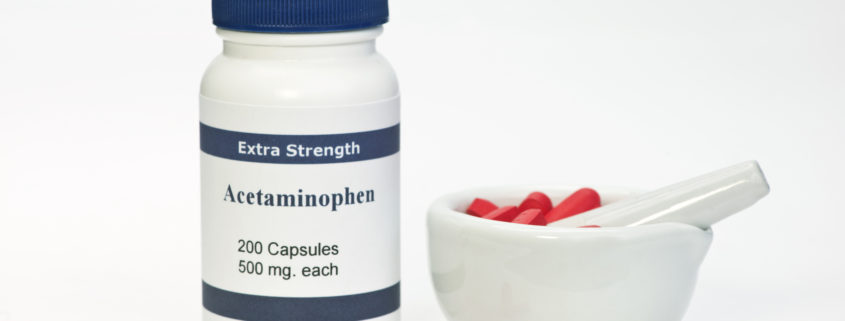New Health Canada Guidance Document – Acetaminophen
Health Canada released the finalized guidance document for the labelling of acetaminophen containing products in Canada. The guidance document is relevant for both single acetaminophen products and multiple ingredient products containing acetaminophen. The labelling standard has been revised based on the outcome of a 2014 acetaminophen review which recommended that the label include stronger alcohol consumption-related warnings. Currently in Canada there are well over 400 medications authorized for sale which include acetaminophen.
The new labelling standard replaces the October 28, 2009 Acetaminophen Labelling Standard Guidance Document. The updated labelling standard includes a Drug Facts Table and uses plain language, so that consumers can more easily identify products that contain acetaminophen, understand the risks of liver injury and use the products as directed. The table also includes alcohol-related directions and clearer identification of products that contain acetaminophen.
This final labelling standard is available immediately for all submissions seeking a new market authorization. Those who are currently marketing acetaminophen products are encouraged to initiate required labelling changes as soon as possible in order to bring their product labels in compliance with the new guidance. Market authorization holders can do this by submitting an updated label for review via a Post-Authorization Division 1 Change.
As of March 2018, Health Canada will expect all acetaminophen products to comply with the new labelling standard and will take appropriate regulatory measures to deal with any products that remain on the market without updated labelling.
It is encouraging to see Health Canada update labelling standards for some of the “older” ingredients while at the same time institute their more recent programs such as the Plain Language Labelling Initiative. The presence of a drug facts table (not yet mandatory for over-the-counter products until 2017) together with the guidance document’s requirement to use bold and red color will further assist consumers in making healthy and informed choices regarding self-care products.





